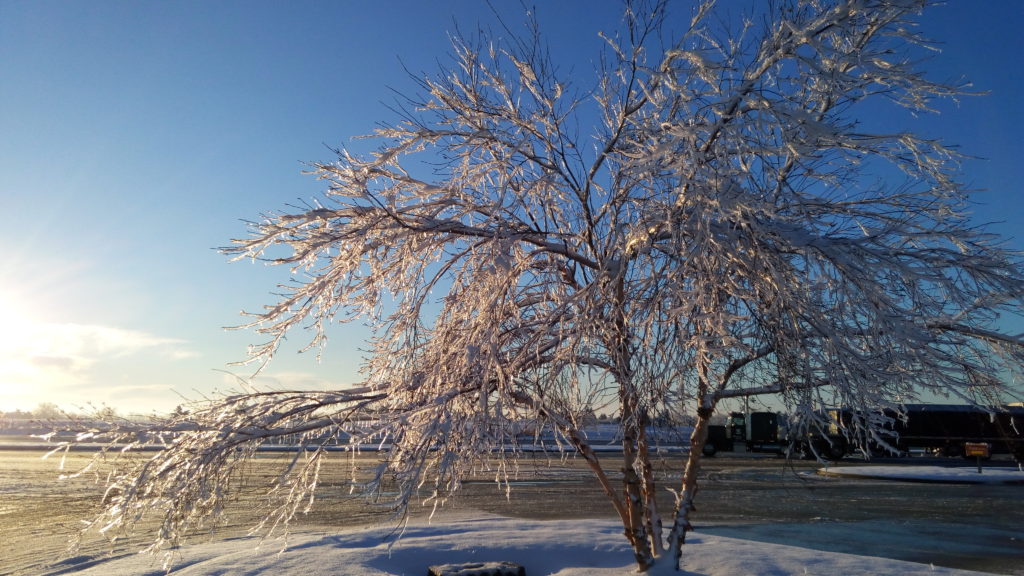The new website www.earth-ocean.info is best viewed on a computer rather than a mobile phone. It can be accessed with a smartphone but it is slower and the blog has image collages designed to be viewed on a large screen – and I can’t post to it on my smartphone, so I’m adding a few notes here to move there later. (With some additions – on the new site: Air and Water Filters for Nanoparticles.)
The site has a series of posts, (links to the series are in this post: HTTPS://www.earth-ocean.info/blog/stacked-horizontal-turbines) about improving the health of the ocean’s low oxygen zones including directly adding oxygen with a wind powered bubbler – imagine a fish tank air bubbler, a pump drawing air in through a tube from the surface of the tank and releasing it as bubbles at the base.
Jumping ahead, imagine that is working, now add a filter that cleans the air of smog particles. Nanoparticles can be a risk to human and marine life especially at lower concentrations, larger concentrations have a tendency to clump together and the body’s toxin removal systems are more likely to be able to remove the clumps while a few small nanoparticles tend to be absorbed deeper into the body from the lungs or digestive system. An air filter might include something that encourages the clumping of nanoparticles.
Another idea mentioned in the series was a suggestion by others – upwelling tubes to redirect current and nutrients from deeper layers of the ocean into upper layers – if the large tubes could include a filter of some sort that trapped microparticles of plastic that would also improve the health of the ocean ecosystem. Filters generally need to be cleaned or changed periodically so the giant upwelling tubes would need to be accessible to divers or be on a pulley system so the base could be tilted up to the surface occasionally for the maintenance of the plastic or nanoparticle collecting filters. The wave action in the lower surface of the ocean would be providing the upwelling power so I would think a collecting area would need to also be at the base where the currant would likely be more powerful than at the top of the tube.
Plastic eating bacteria have been discovered but too little is known about how they might effect ocean habitats if they were purposely added to the ocean in hopes of reducing plastics in marine waters. It is also unknown if some decomposition of plastic by marine microbes is already occurring and if that might be creating some other undesirable chemicals from the decomposition. Physical collection and processing of plastic from ocean eaters is being performed by a company mentioned on the Earth – ocean.info site. (One earth one ocean.com I think See this post HTTPS://www.earth-ocean.info/blog/plastic-pollution)
Additional note on problem solving and brain storming – it can be helpful to approach problem solving from the point of view that a suction exists, in fact that many solutions exist, and that you just need to figure out some solutions (brain storming, just imagine ideas, no matter how odd) and then figure out which are actually physically possible and then work out which might be most practical, affordable, easiest to implement with least amount of work, etcetera. Our health and our future depends on the health of the planet and oceans. The easiest way to reduce plastic in the ocean is to use less, recycle what we use, and progress has been advancing on different ways to. catch floating plastic waste within rivers before it enters the ocean.
Solutions to problems exist, it requires teamwork, funding, and action to implement solutions though. It is wonderful how many people, businesses, nonprofits, and nations are working to solve problems that are negatively effecting the health of the planet and oceans/ocean (all the oceans are connected and various currents circulate nutrients and warmth. If those currents change significantly then places like Europe and the United Kingdom may become much colder, mini ice age colder). Humans are smart and caring, let’s work together and protect our planet!

Disclaimer: Information provided for educational purposes within the guidelines of fair use. – ideas for ading to te other site another day.
